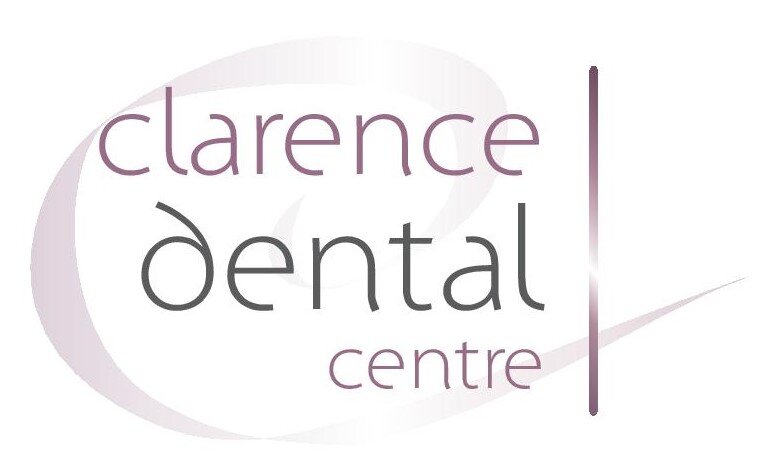The Surprising Connection Between Oral Health and Lung Conditions
As we celebrate Dental Health Week, it's essential to remember that oral health extends beyond our teeth and gums. Recent research has uncovered a compelling link between oral health and lung conditions, shedding light on how the health of our mouth can impact our respiratory system. With 11% of Australians suffering from asthma, and COPD the 4th leading cause of disease burden in the country, the relevance of this connection cannot be understated.
The mouth and respiratory system are connected through a complex network of pathways and shared risk factors. This oral-lung axis highlights the essential role that oral health plays in maintaining the overall health of our respiratory system.
The Role of Oral Bacteria in Lung Health
Our mouth houses millions of bacteria, some of which can be harmful if they enter the respiratory system. When oral hygiene is neglected, these bacteria can find their way into the lungs through aspiration or inhalation. This can potentially lead to lung infections, especially in individuals with compromised immune systems or pre-existing lung conditions.
Gum Disease and Respiratory Complications
Gum disease, also known as periodontal disease, is a common oral health issue that occurs when the gums become inflamed due to bacterial infection. Several studies have linked gum disease to an increased risk of respiratory problems, including pneumonia and chronic obstructive pulmonary disease (COPD). The inflammation and bacteria associated with gum disease can exacerbate lung conditions and hinder the body's ability to fight off respiratory infections.
Oral Health and Ventilator-Associated Pneumonia
In healthcare settings, patients on ventilators are susceptible to developing ventilator-associated pneumonia (VAP), a serious lung infection. Oral health plays a significant role in reducing the risk of VAP by as much as 60%. Proper oral care for ventilated patients can minimize the presence of harmful bacteria in the mouth, reducing the likelihood of these pathogens reaching the lungs through the ventilator system.
Aspiration Pneumonia and Oral Health
Aspiration pneumonia occurs when foreign substances, such as food particles or stomach contents, are inhaled into the lungs. This condition can arise when the protective mechanisms in the throat are compromised, often due to weakened muscles or impaired swallowing reflexes. Good oral health, along with proper chewing and swallowing techniques, can reduce the risk of aspiration pneumonia.
Promoting Oral and Lung Health:
Maintain Excellent Oral Hygiene: Brush your teeth at least twice a day and floss daily to reduce the buildup of harmful bacteria in the mouth. Regular dental check-ups are crucial for early detection and treatment of oral health issues.
Quit Smoking: Smoking is a leading cause of lung conditions and oral health problems. Quitting smoking can significantly improve both your oral and lung health.
Manage Chronic Conditions: If you have pre-existing lung conditions, work closely with your healthcare provider to manage them effectively. Address any concerns about oral health with your dentist.
Stay Hydrated: Drinking plenty of water helps keep your mouth moist and supports overall oral health.
Oral Care in Healthcare Settings: Healthcare professionals should prioritise proper oral care for patients on ventilators to reduce the risk of ventilator-associated pneumonia.
From oral bacteria to gum disease, the impacts of oral health on lung health cannot be overlooked. Prioritising regular dental care, adopting healthy lifestyle habits, and collaborating with healthcare professionals are the first steps towards promoting both oral and lung health.
For more information on managing lung health and oral health, check out the resources available at the Australian Dental Association’s Teeth.org.au and the Lung Foundation


